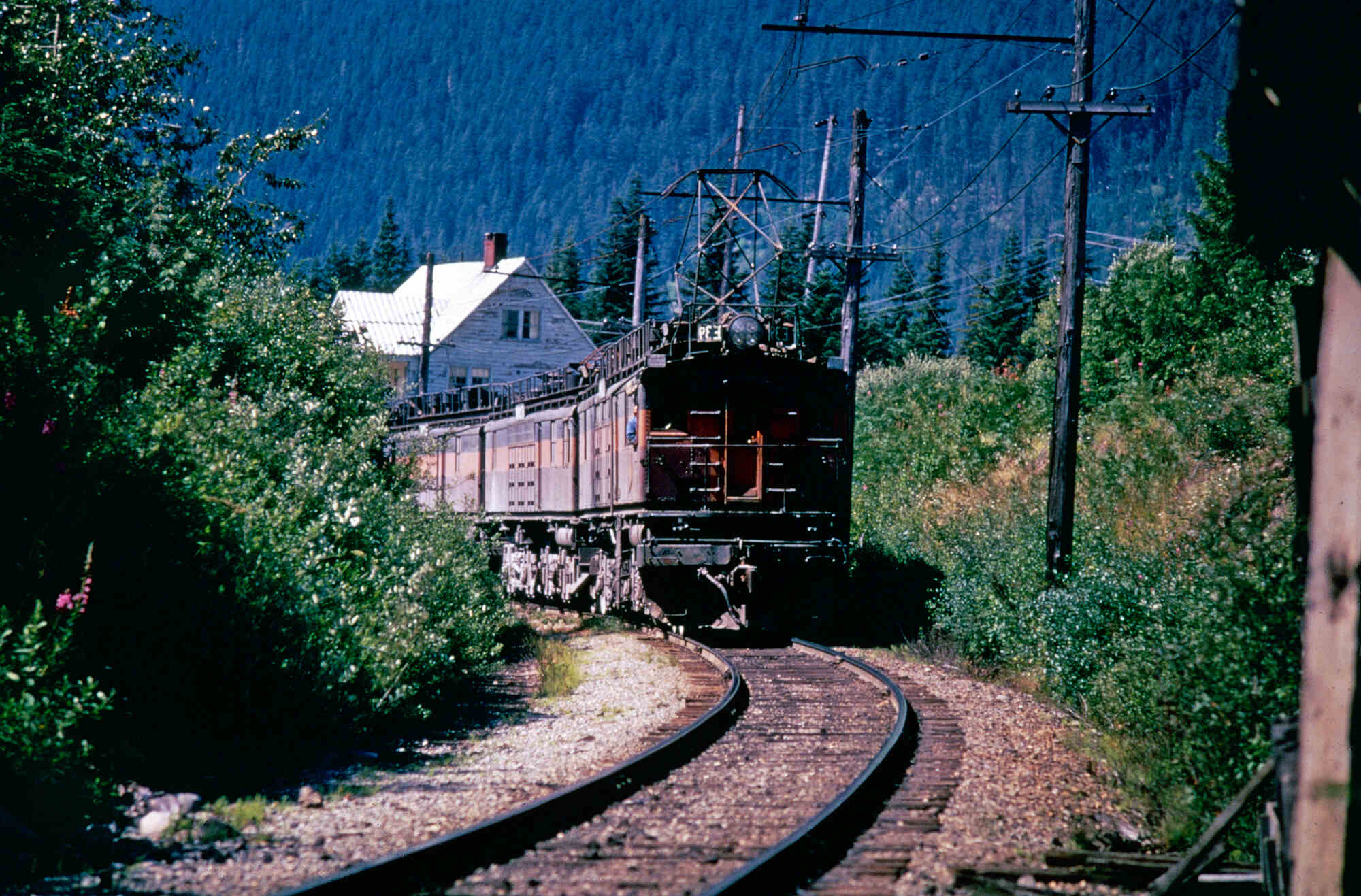Secrets Of Snoqualmie Pass Logging Railroads

Have you ever wondered about the hidden history of Snoqualmie Pass logging railroads? Nestled in the heart of Washington State, Snoqualmie Pass holds secrets from a bygone era when logging railroads were the lifeblood of the timber industry. These railroads, winding through dense forests and rugged terrain, played a crucial role in transporting massive logs to mills. Today, remnants of these railroads offer a glimpse into the past, inviting history buffs and adventure seekers alike to explore. Whether you're hiking along old tracks or visiting historical sites, Snoqualmie Pass offers a unique journey through time. Ready to uncover the stories behind these forgotten railroads?
Secrets of Snoqualmie Pass Logging Railroads
Snoqualmie Pass, a gateway to the Cascade Mountains, hides a rich history of logging railroads. These railroads once played a crucial role in transporting timber from dense forests to bustling markets. Today, remnants of this bygone era can still be found, offering a glimpse into the past.
1. Snoqualmie Depot
The Snoqualmie Depot, built in 1890, stands as a testament to the area's logging history. This historic train station now serves as a museum, showcasing artifacts and exhibits related to the logging railroads. Visitors can explore vintage locomotives, tools, and photographs that tell the story of the region's logging industry.
2. Iron Goat Trail
The Iron Goat Trail follows the path of the old Great Northern Railway. This scenic trail offers hikers a chance to walk along the same tracks that once carried timber through the mountains. Interpretive signs along the trail provide insights into the challenges faced by railroad workers and the impact of logging on the environment.
3. Cedar River Watershed Education Center
Located near Rattlesnake Lake, the Cedar River Watershed Education Center offers educational programs about the history of logging in the area. Interactive exhibits and guided tours highlight the importance of the watershed and the role of logging railroads in shaping the landscape. The center also features a replica of a logging camp, complete with bunkhouses and cookhouses.
4. Snoqualmie Falls
Snoqualmie Falls, a stunning 268-foot waterfall, was once a vital part of the logging industry. The falls provided power for the Snoqualmie Falls Lumber Company, which operated a sawmill nearby. Today, visitors can enjoy the breathtaking views and learn about the history of the falls through interpretive displays and guided tours.
5. Northwest Railway Museum
The Northwest Railway Museum in Snoqualmie offers a comprehensive look at the region's railroad history. The museum's collection includes vintage locomotives, railcars, and logging equipment. Visitors can take a ride on a historic train, experiencing firsthand the journey that once transported timber from the forests to the mills.
6. John Wayne Pioneer Trail
The John Wayne Pioneer Trail, also known as the Palouse to Cascades State Park Trail, follows the route of the old Milwaukee Road. This multi-use trail stretches over 285 miles, passing through Snoqualmie Pass. Hikers, bikers, and equestrians can explore the trail, discovering remnants of the logging railroads along the way. Interpretive signs provide historical context and highlight the significance of the railroads in the region's development.
7. Olallie State Park
Olallie State Park, located near North Bend, offers a glimpse into the logging history of the area. The park features several hiking trails that follow old logging railroad grades. Visitors can explore the remnants of trestles, bridges, and other structures that once supported the transportation of timber. The park also offers stunning views of waterfalls, forests, and mountains.
8. Rattlesnake Lake
Rattlesnake Lake, formed by the construction of a dam for the Cedar River Watershed, played a significant role in the logging industry. The lake provided a water source for the logging camps and served as a transportation route for floating logs. Today, visitors can enjoy recreational activities such as hiking, fishing, and picnicking while learning about the area's logging history through interpretive signs and exhibits.
9. Franklin Ghost Town
Franklin, a former coal mining town near Black Diamond, also has ties to the logging industry. The town's railroad once transported timber and coal to markets in Seattle and beyond. Today, visitors can explore the ruins of the town, including the old railroad tracks, mine shafts, and historic buildings. Guided tours provide insights into the lives of the people who lived and worked in Franklin during its heyday.
10. Mount Si
Mount Si, a prominent peak near North Bend, offers hiking trails that follow old logging railroad grades. The trails provide a challenging yet rewarding hike, with stunning views of the surrounding landscape. Along the way, hikers can see remnants of the logging railroads, including old trestles and rail ties, offering a glimpse into the area's logging past.
Discovering Snoqualmie Pass Logging Railroads
Snoqualmie Pass logging railroads offer a unique glimpse into the past. These railroads played a crucial role in the development of the Pacific Northwest. Exploring the remnants of these railroads, you can almost hear the echoes of steam engines and the bustling activity of loggers. The trails and historical markers provide a tangible connection to this bygone era.
Visiting Snoqualmie Pass is not just about hiking or sightseeing. It's about understanding the history that shaped the region. The railroads are a testament to human ingenuity and the relentless spirit of those who worked in the logging industry. Whether you're a history buff or just looking for a unique outdoor adventure, Snoqualmie Pass has something to offer. So, lace up your hiking boots and step back in time to discover the secrets of these historic logging railroads.

